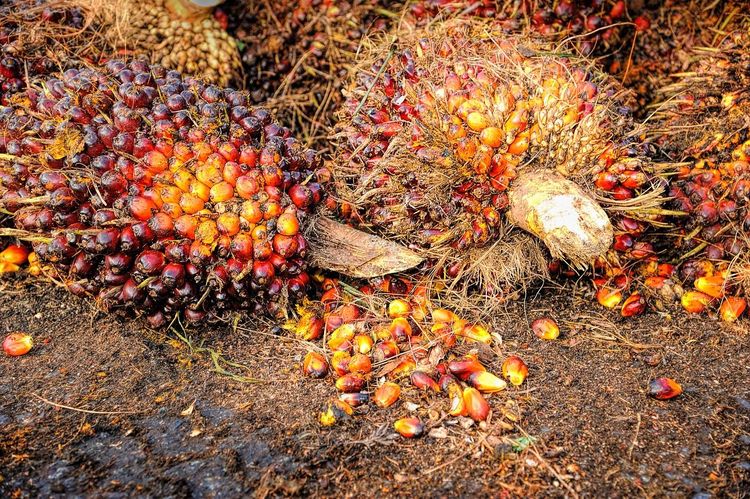China Barley Tariffs a Blow to Australia, Boon for Other Exporters
China is considering imposing a devastating 80.5% tariff on Australian barley imports. While that would be a blow to Australia's industry, other countries would likely benefit.
The proposed tariff is a result of an ongoing anti-dumping investigation into barley exported from Australia that China’s Ministry of Commerce initiated back in November 2018. It also comes amid heightened tensions between the countries that resulted in China suspending some meat imports from Australia.
At the start of the investigation, China’s barley industry requested an anti-dumping tariff of 56.14%. The proposed rate may increase to 73.6% following investigations by Chinese authorities. This rate coupled with a “subsidy margin” of up to 6.9% would amount to a tariff of 80.5%, effectively putting an end to Australian barley sales to China. The investigation is scheduled to finalize by May 19, 2020.
Over the past five years, Australian barley exports have accounted for roughly 60%-70% of total Chinese imports, although over the past year Australia’s share of Chinese imports has declined. Chinese barley usage is projected at 6.9 million metric tonnes in 2020/2021, of which 6 million tonnes are expected to be imported. China may rely heavily on an increase in imports from Canada, Argentina, France, and Ukraine. Gro’s extensive trade flow and export price data can be used to forecast and track the shifting dynamics.

While China is Australia’s largest market for barley exports, a tariff would likely see a shift toward other outlets such as Saudi Arabia, Japan, United Arab Emirates, Kuwait, and Vietnam.
As seen with soybeans during the US-China trade war, tariffs can dramatically alter global trade flows. While it is uncertain if China’s measures against Australian barley will be implemented, the mere suggestion has already changed trade flows of the crop since China began its anti-dumping investigation.
This insight was powered by the Gro platform, which enables better and faster decisions about factors affecting the entire global agricultural ecosystem. Gro organizes over 40,000 datasets from sources around the world into a unified ontology, which allows users to derive valuable insights such as this one. You can explore the data available on Gro with a free account, or please get in touch if you would like to learn more about a specific crop, region, or business issue.
 Insight
InsightPrices Surge for Cocoa, Coffee, and Other ‘Soft’ Commodities
 Insight
InsightPalm Oil Production Set to Rise as Crop Dodges the Impact of El Niño
 Insight
InsightUSDA Further Trims Brazil Corn and Soybean Production Forecasts
 Insight
Insight

 Search
Search